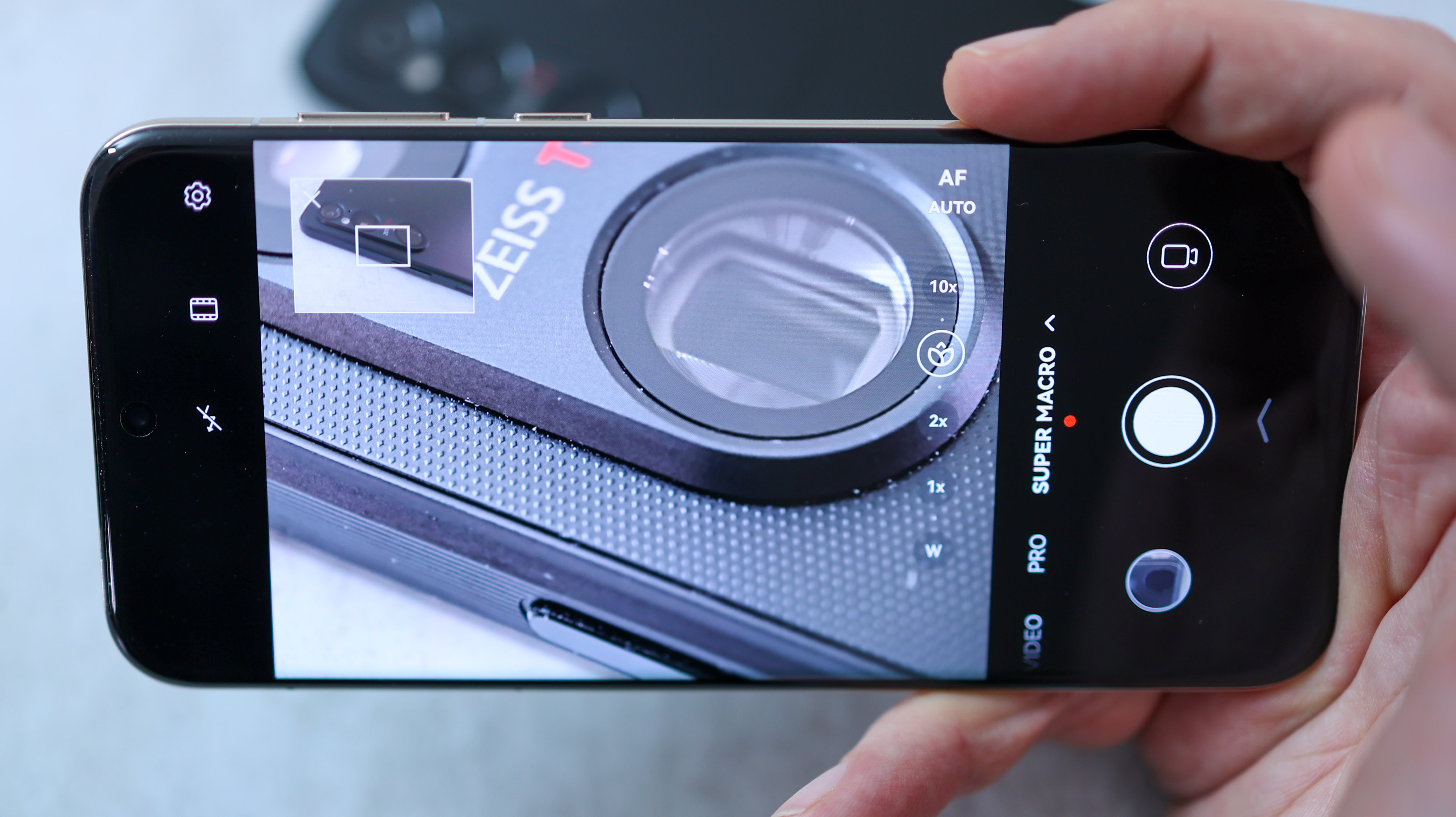
After reviewing the Sony Xperia 1 VI, it's clear that the telephoto macro trend in smartphones is really hitting its stride. Telephoto macro photography, also known as telemacro, involves using the telephoto lens to capture close-up photos and offers numerous benefits. It adds distance between the subject and the photographer (particularly handy for shots of insects). This, in turn, eradicates shadows typically associated with macro photography and also eliminates wide-angle distortion.
Telephoto macro lenses are anything but a new concept. The popular Canon EF 100mm f/2.8L from 2009 is still one of the best macro lenses available in 2024, serving up high-impact close-up capture to pro photographers. However, it is a relatively new concept on smartphones, with the Huawei Pura 70 Ultra and Sony Xperia 1 VI being the best implementations to date. But can you really take a smartphone macro camera seriously?


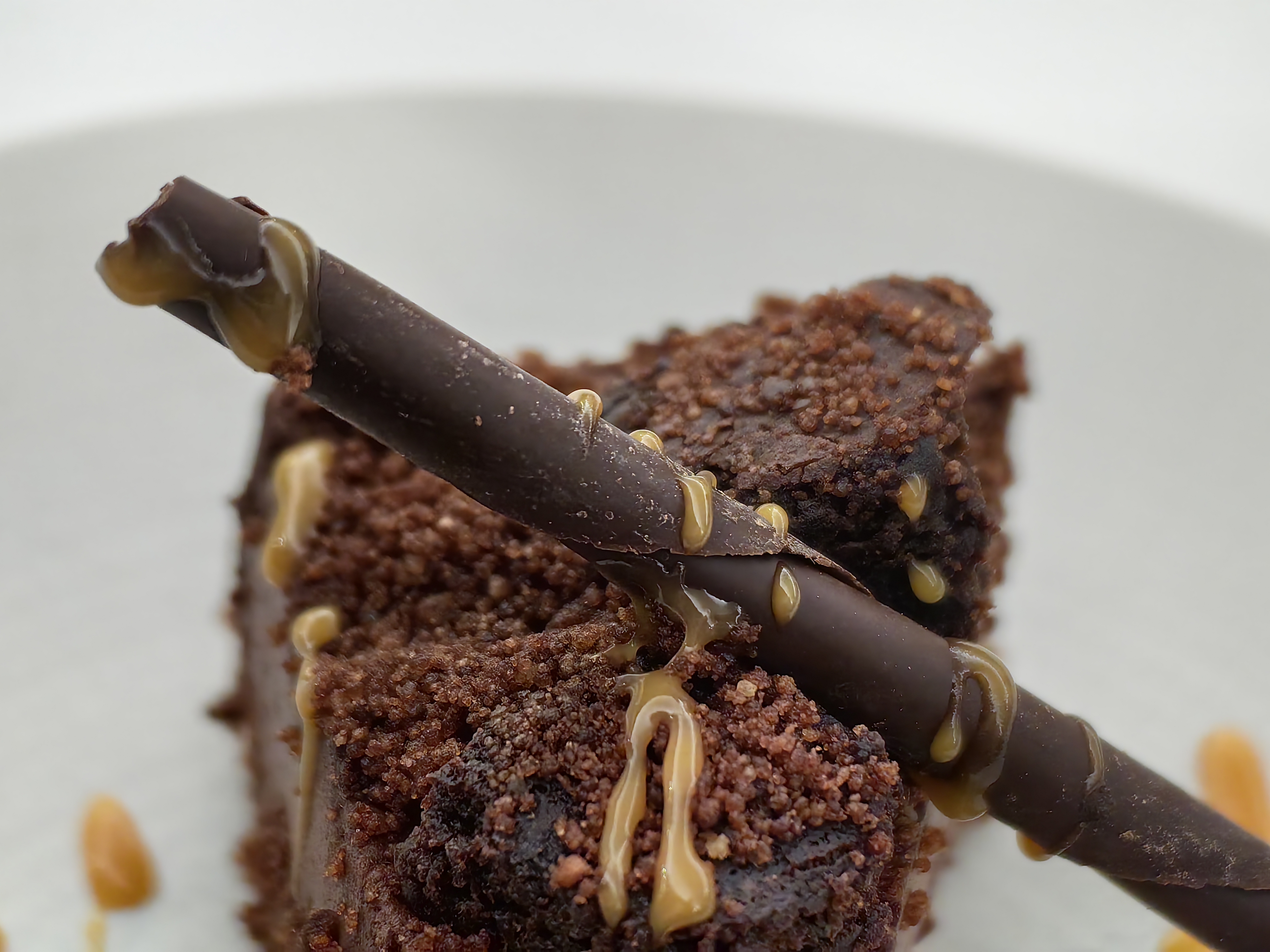
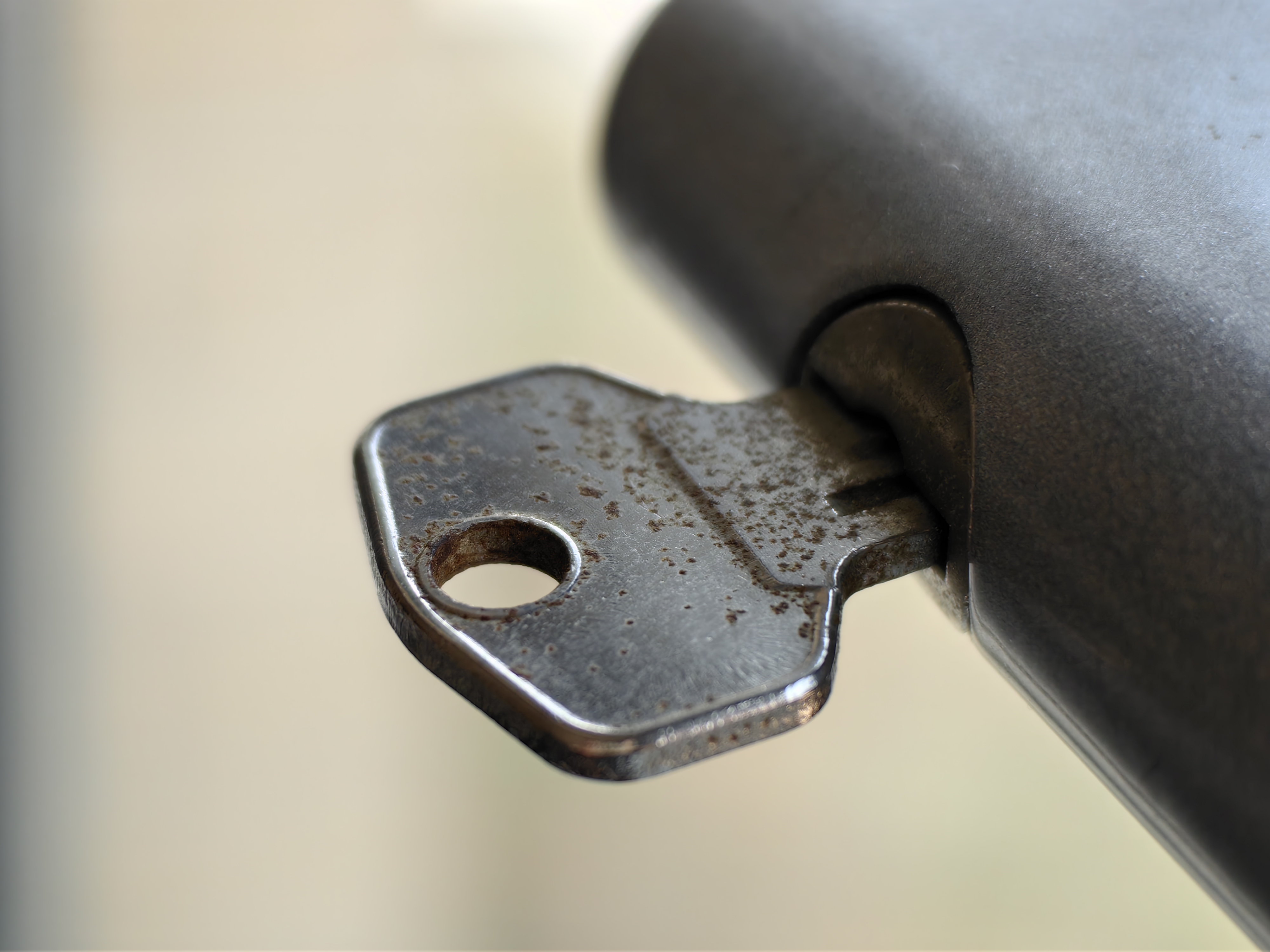
I reviewed the Huawei P60 Pro and was blown away by how incredibly detailed its macro stills were. You can see some examples of stills captured on it above. What particularly impressed me about the Sony Xperia 1 VI more recently is its telemacro video, captured at up to 120fps at 4K resolution. Huawei has also integrated a tele-macro camera into its new Pura 70 Ultra, producing crisp Instagram-style telemacro snaps.
But Huawei and Sony are far from the first smartphone makers to dabble in macro photography on their phones; they simply represent the latest (and most impressive) incarnations of the feature to date. In this piece, I’ll explore the different ways to take a macro photo on your phone, explore other macro offerings, and dive into Huawei and Sony’s best-in-show phones in more detail.
A history of smartphone macro photography
Macro photography has been possible on smartphones for years. Before dual-camera phones hit the scene, It was a simple case of getting as close to the subject as the main camera would allow, and cropping into your shot. The next big step forward was the auto-focusing ultra-wide camera, featuring 4cm macro capture, with the Huawei Mate 20 Pro being the first (or one of the first) to pack this tech. It was great for GoPro-style barrelled expansive macro pictures, but not flower or insect shots and other typical macro staples, making its utility limited and requiring a bit of distance.
Alongside all these high-end macro developments, budget smartphones were being loaded up with a poor substitute for a dedicated macro camera. These 2MP resolution fixed focus modules locked on at around 4cm from a subject, gracing hundreds of phones including the Poco X3 Pro and Realme 8 Pro.
These 2MP macro cameras were little more than marketing tools to unlock terms like triple camera and quad-camera while delivering worse results than a crop from the primary camera. It’s great to see smartphone makers start to ditch this trend with budget offerings like the Nothing Phone (2a).
The real era of the telemacro camera began with the launch of the Xiaomi Mi 11, which had a 5MP macro camera with autofocus and a 48mm equivalent focal length (roughly 2x zoom). This is also featured on the Xiaomi-made Redmi Note 10 Pro, a significantly cheaper phone, taking respectable telemacro photography to a mainstream price point.
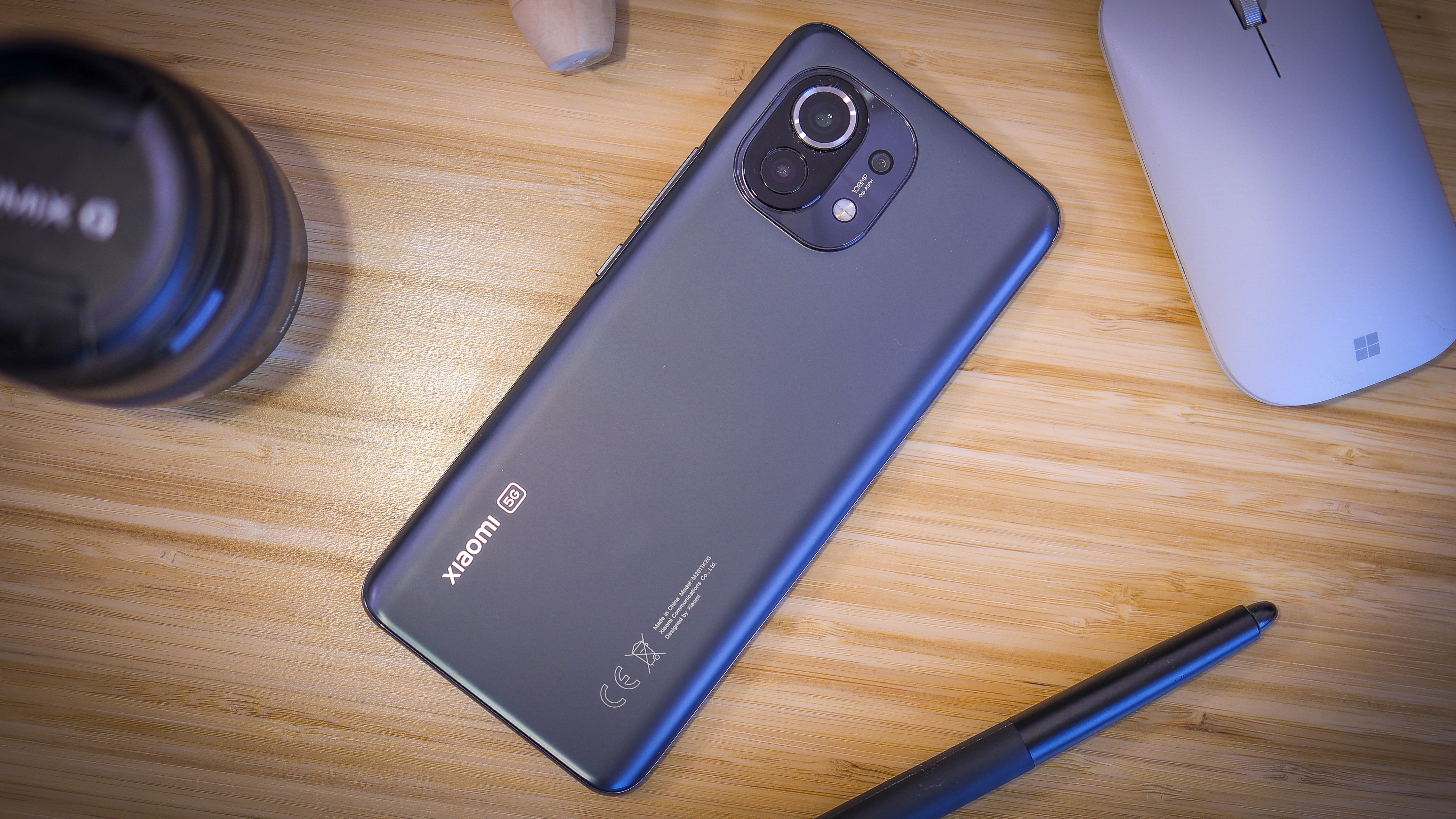
Two years later, the Xiaomi 13 Pro took telemacro capture to new heights with a 50MP 75mm camera. This was the first phone to combine a quality high-resolution sensor with macro focus and serious reach for impressive macro results.
It wasn’t just Xiaomi that was getting in on the macro action. Fellow Chinese smartphone maker Oppo launched its Find X3 Pro, which featured a telemicro lens captured with an almost microscopic focus. This was actually the camera phone that helped me identify the specific type of weevil that was wreaking havoc in our pantry, living in our bags of flour, chomping on our dried pasta, and making its way into our chocolate chips. It was super-helpful for that specific situation, but because it had such a microscopic lens that didn’t extend to traditional macro-type photography, the Find X3 Pro telemicro camera’s practical use was limited.
Before we talk about the latest generation telemacro cameras, specifically from Huawei and Sony, it’s worth talking about almost telemacro cameras. That is to say, the cameras that can capture relatively close-up subjects using telephoto cameras like zooms on the OnePlus Open, Oppo Find X7 Ultra, Vivo X 100 pro and Xiaomi 14 Ultra. These are all fantastic for product photography, with the far-reaching focal length combined with near-focus creating beautiful depth when snapping subjects around 20-70cm away, and are my choice over the zoom lenses on an iPhone, Pixel, and Galaxy flagship right now.
The problem with the iPhone 15 Pro Max in particular, is its tetra-prism telephoto camera can’t focus nearer than around 1.2m from a subject, so it’s the worst telephoto camera for close-up photography on any mainstream smartphone I’ve tested.
Huawei Pura 70 Ultra

Onto the best telephoto cameras for close-up photography out now, and the Huawei Pura 70 Ultra is my choice for photos. It has a 1-inch sensor primary camera that pops out and has a variable aperture. As impressive as the main camera is, though, the telemacro camera with its 50MP resolution, f/2.1 aperture, and 5cm near focused distance, is the star today.
Fire up the camera and you could just take a standard 3.5x zoom picture of a close-up subject, and it will focus near or far like a champion. You can also get much more impactful shots if you open the dedicated super macro mode. The reason this mode is so much more high-impact is because its processing crisps everything up masterfully to make your photo clarity pop, and you can also activate manual focus for those hard-to-lock-onto subjects.
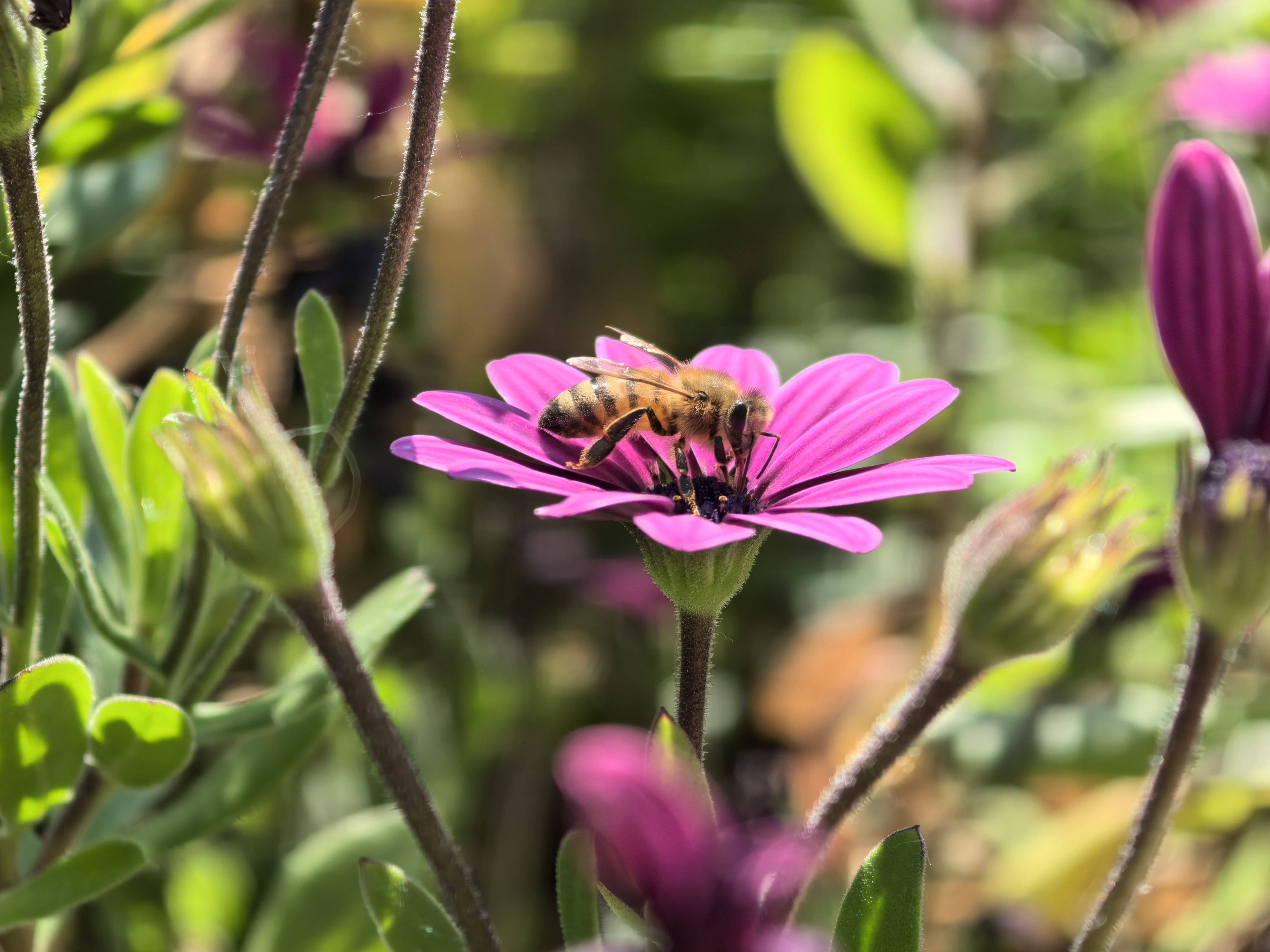
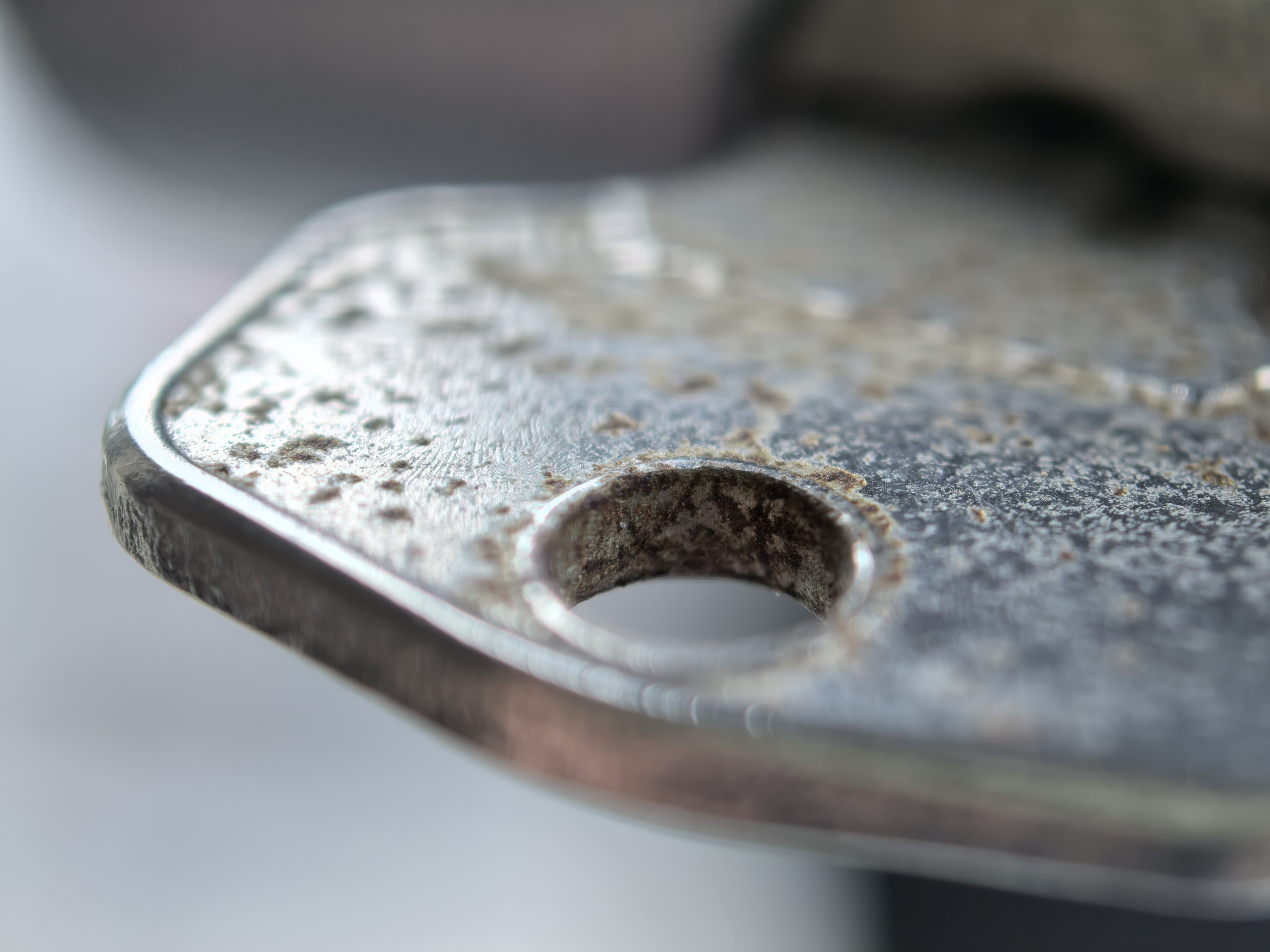
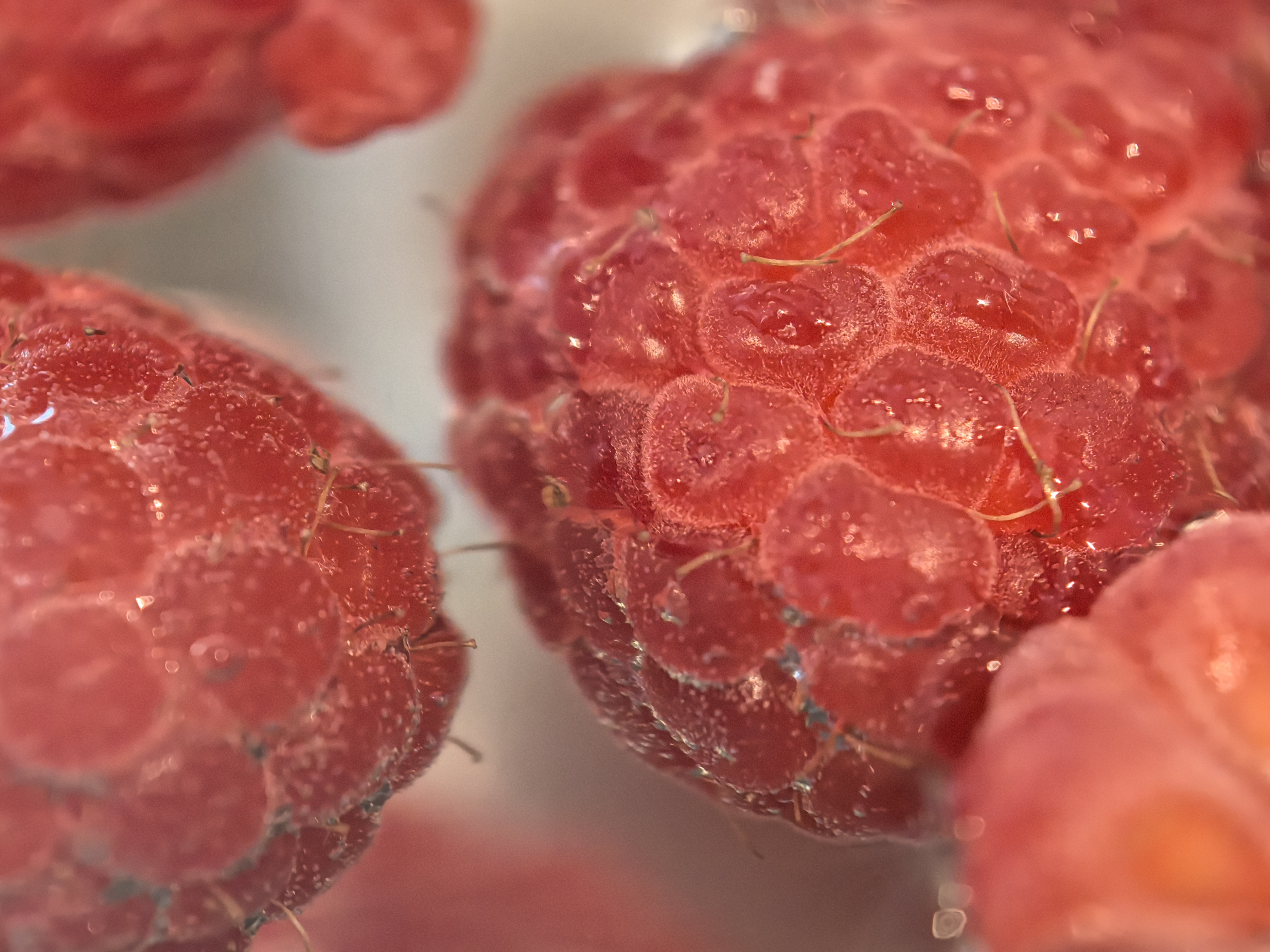
The Huawei Pura 70 Ultra can also capture 4K video at up to 60fps, and this looks very impressive and sharp out of the camera. However, if you want to take the reins on focus, it records with a much more stepped, less smooth focus panning than our video macro champ, the Sony Xperia 1 VI.
Sony Xperia 1 VI
On paper, the Sony Xperia 1 VI’s telephoto camera is probably the most impressive piece of smartphone camera engineering around. It has a continuous zoom from 85mm to 170mm with a periscope structure, and on top of its moving parts and relatively wide aperture, it also has macro capabilities at the 120mm mark.
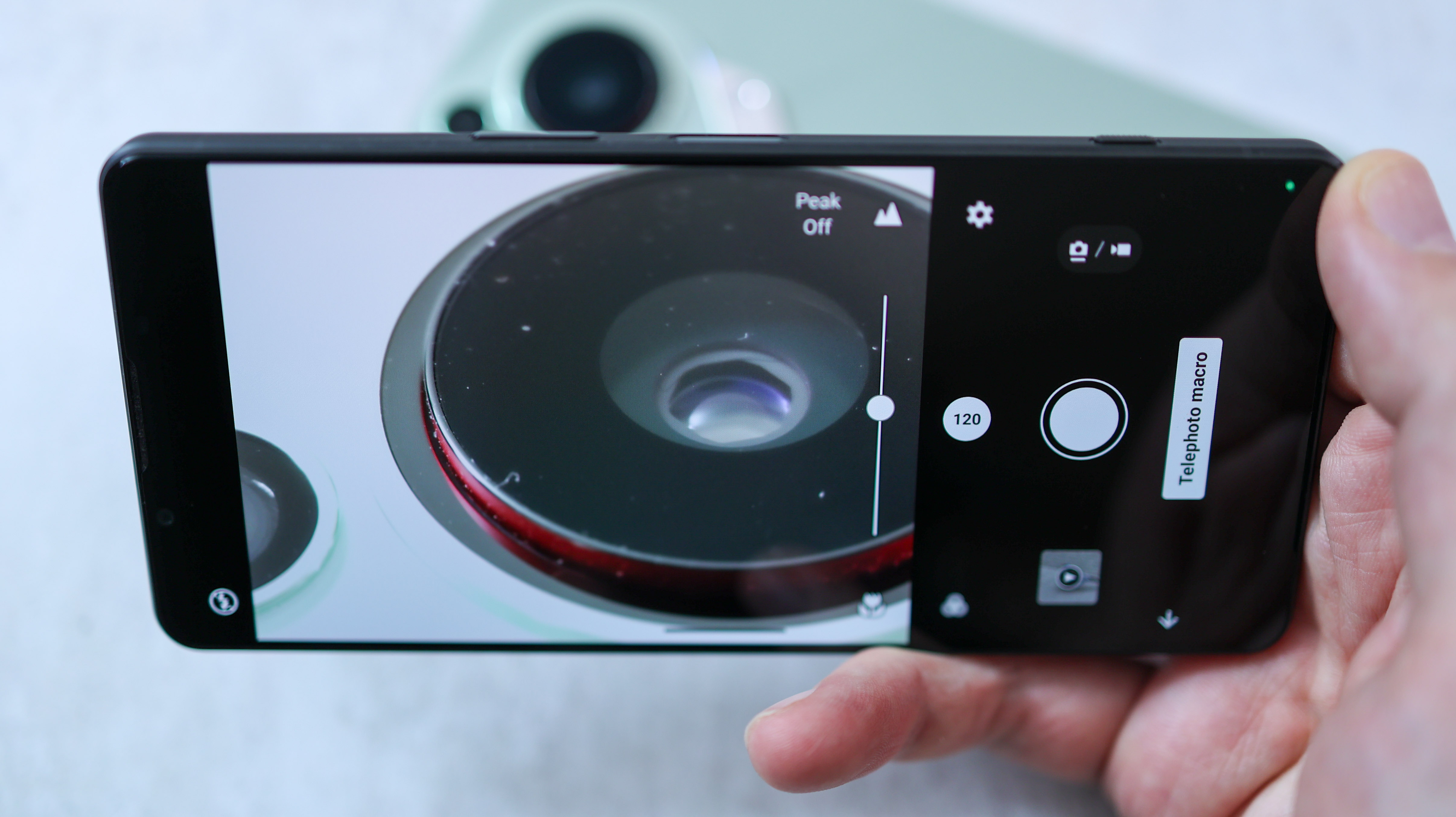
Focusing as close as 4cm from a subject, the Xperia 1 VI captures with a ridiculously shallow depth of field, but also an impressively wide focus range. Its photos look very flat out of the camera, making them easy to edit if you know what you’re doing but not ideal for anyone who wants a point-and-shoot shot to share.
What’s more impressive than the Xperia 1 VI’s telemacro photos, though, is its telemacro video. Able to capture it up to 120fps, the phone gives you plenty of scope for slowing down footage, but also does an excellent job of smoothing out focus so you can create beautiful, silky, professional-looking focus pans that wouldn’t look out of place on a landscape documentary.
Thanks to that 120fps video, the Xperia 1 VI’s macro footage is also excellent when you can’t quite capture a winning still shot, as you can simply pull a 12MP 16:9 still from the video and edit the results.
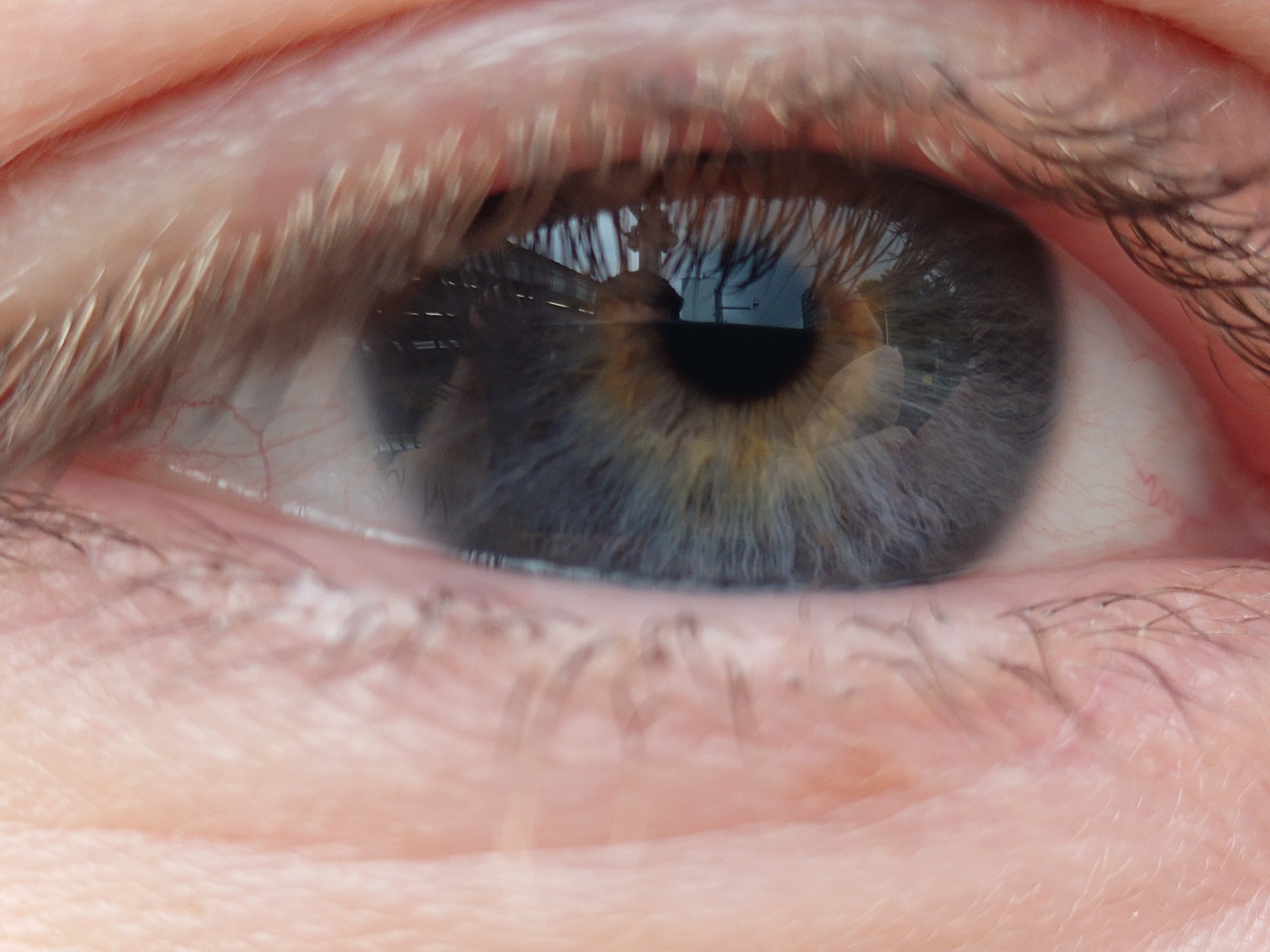
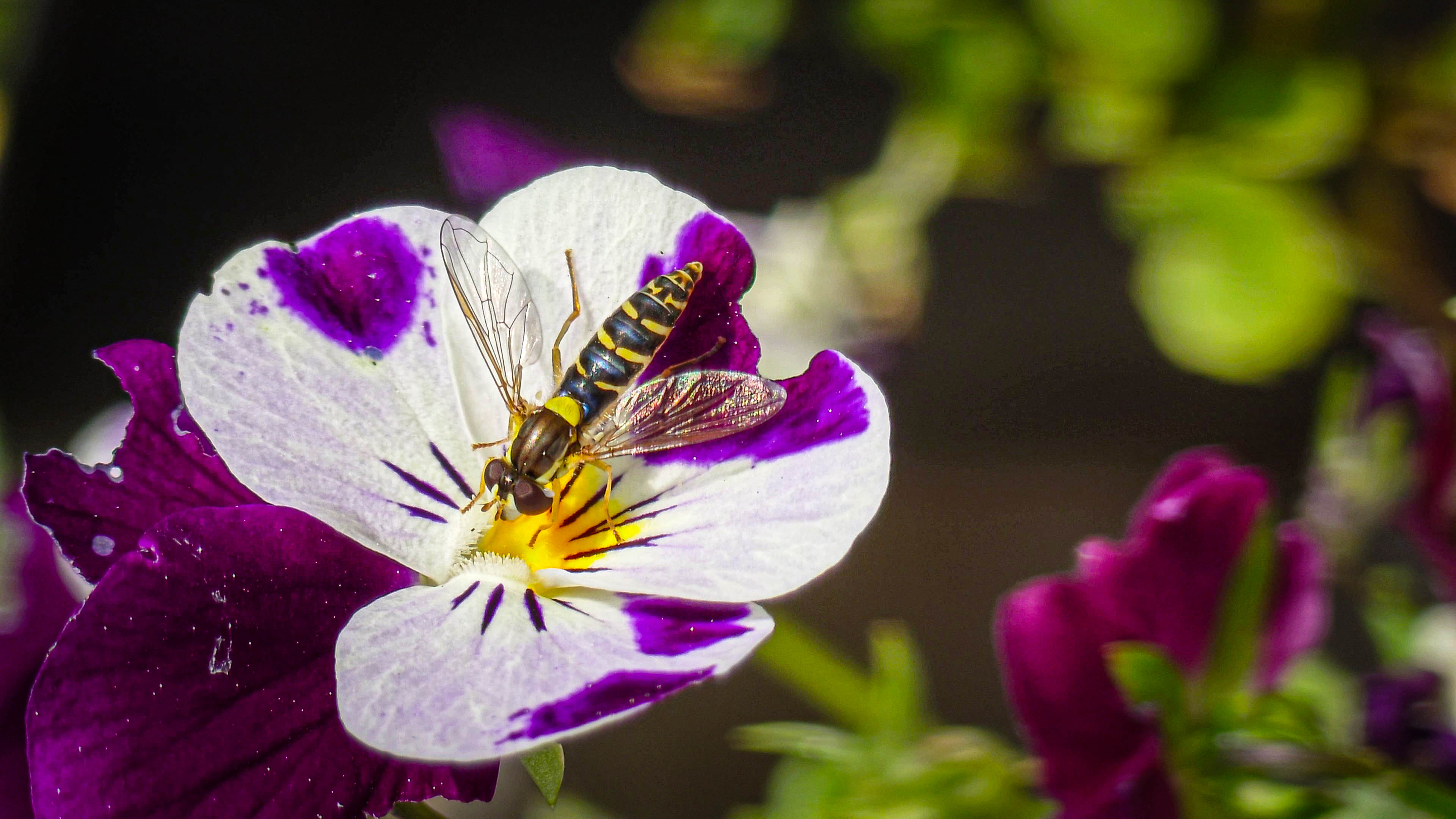
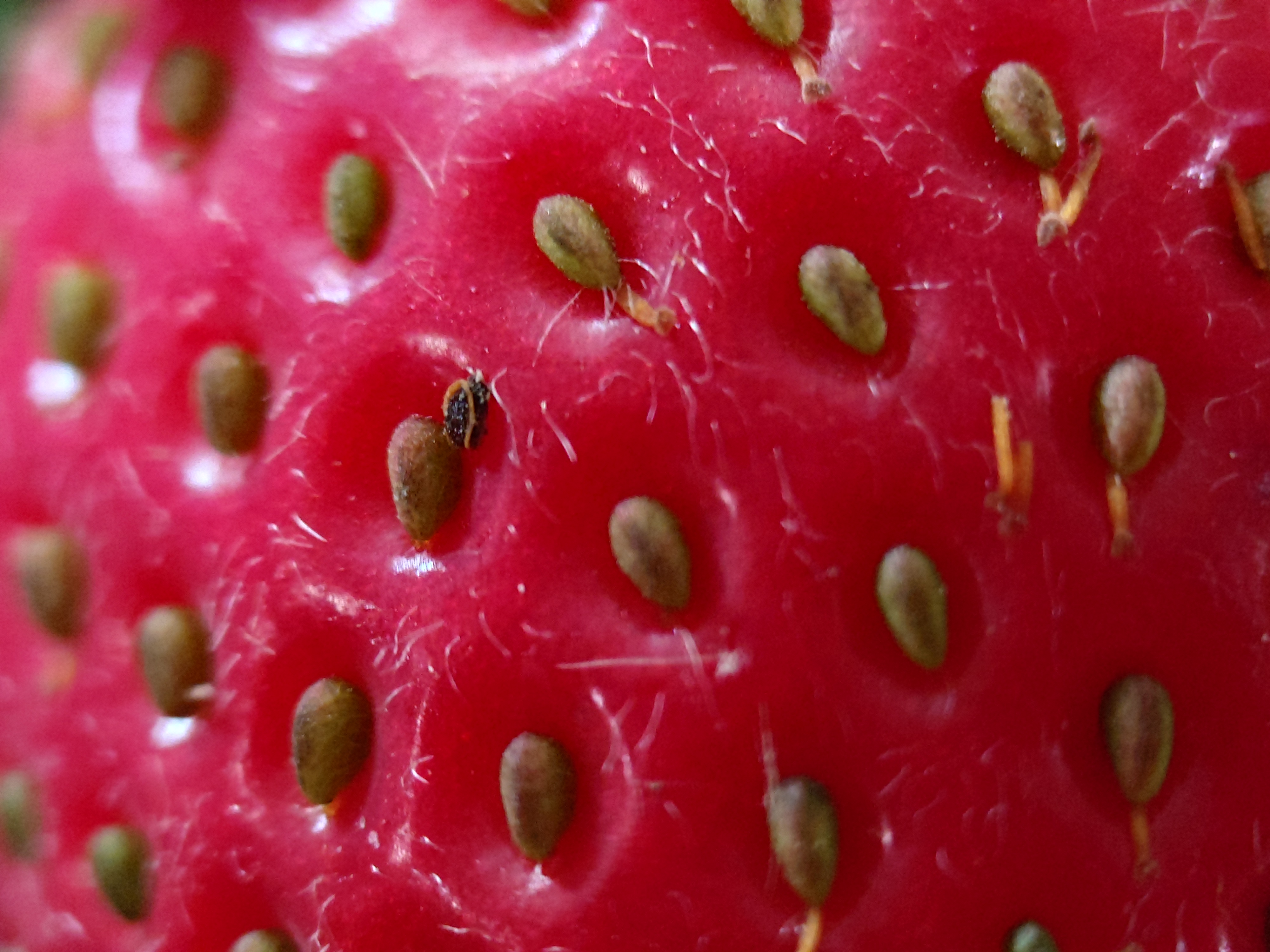


Can smartphones really compete with dedicated cameras?
As with all things smartphone camera-related, it would be misguided to think Huawei and Sony’s new phones will make macro lenses on dedicated cameras redundant. What they will do, however, is provide incredibly compact alternatives when photographers need to travel light.
So while a macro lens might not sway your decision when deciding on your next phone, if you love capturing close-up, detail-rich photos and video, the Huawei Pura 70 Ultra, and Sony Xperia 1 VI could be the best camera phones of 2024, delivering powerful pocketable cameras that niche down and level up like no other.
If you want to go the camera route, take a look at the best cameras for macro photography, along with the best macro lenses to pair with them.







